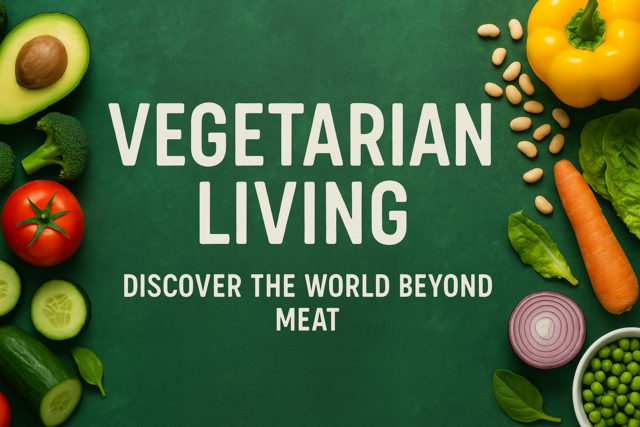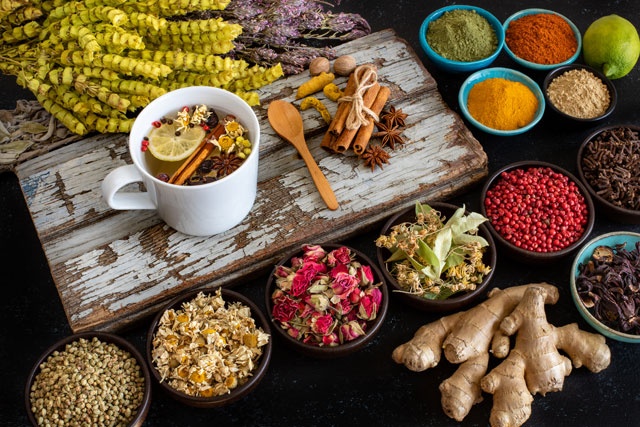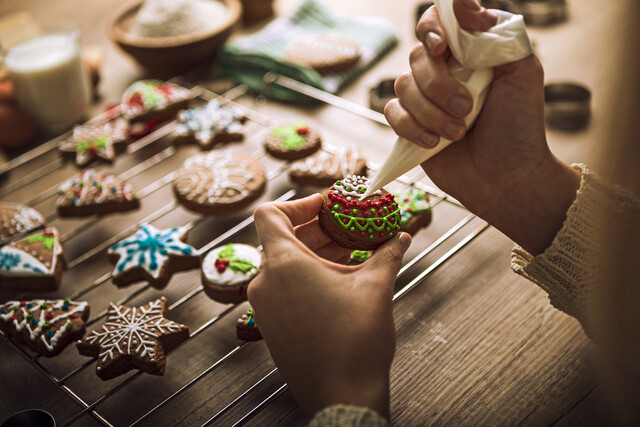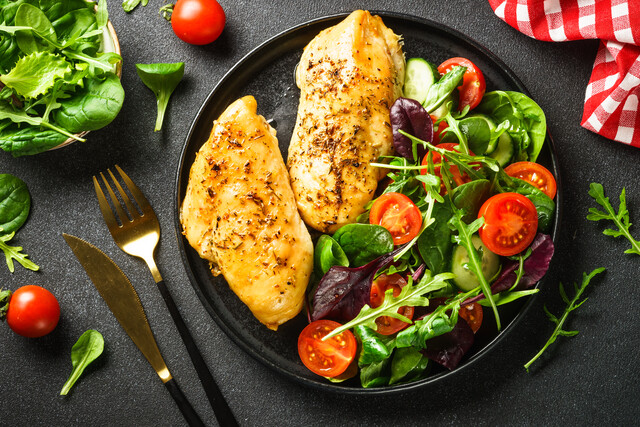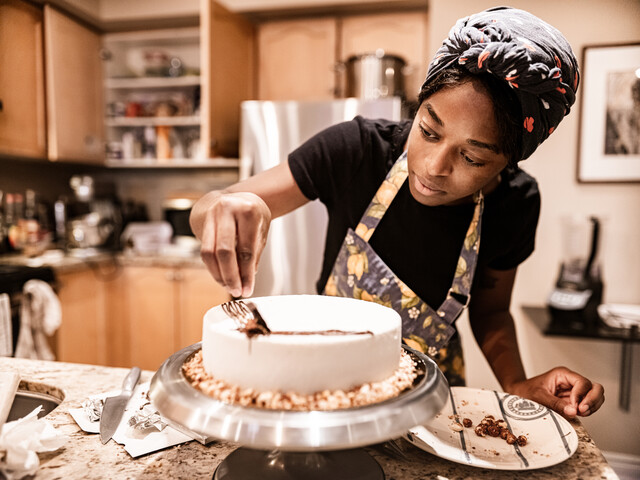In this article, we are going to look at some tips regarding your fruits, vegetables, and berries, which will help get the best possible results from our canning and preserving efforts.
There are so many things that will do well with canning and preserving, that to get started you should just pick one you think will be easy and enjoyable. From there, you will be able to try other things and get more creative as you go along.
Fruit Preservation Tips
-
Apples. With more than 2,500 varieties of apples each fall, there are plenty to preserve! They are great for preserving in a variety of ways. From drying, to turning into sauce, there is a lot you can do with apples. It is the type of apple that matters when it comes to canning and preserving. If you are going to freeze apples, your best bet is to go with a Jonathan, Granny Smith, or Golden Delicious. If you are going to make apple butter or applesauce, choose a Golden Delicious, Rome Beauty, McIntosh, or Jonathan. And you should avoid preserving Red Delicious apples all together, as they don't do well.
-
Tomatoes can be pickled, frozen, canned, or dried. Some people even make them into jellies and spreads. To can tomatoes you should only use the pressure or boiling water methods. If you freeze tomatoes, they will only be good for cooking once they thaw, because they tend to become mushy. If you choose to dry tomatoes you do not need to blanch them first.
-
Pineapple should always be washed before cutting into it to remove the tough fiber and eyes. This is because if there are any bacteria on the outside, you will be putting it onto the good pineapple with each cut into it that you make. So, the first thing you should do with pineapple is to wash the outside of it. Pineapple can be packed in a light
-
syrup, or apple or white grape juice.
-
Strawberries are the freshest if you can go to a place to pick them yourself. If you search around online you may find a place in your area that allows you to pick them. If not, try to get them from your local farmer's market. With strawberry season only lasting about a month, you have to be prepared to get the freshest strawberries and look for ones that are bright, firm, and smell good. They should be picked fully ripened, because they do not ripen once picked. Moldy berries should be discarded so they do not come in contact with the others. Once you have your fresh strawberries, use them right away.
-
Grapes will have to be planned out a little in advance if you want to can them. It is recommended that you use seedless grapes that have tight skin and are unripe. Ideally you will want to get green seedless grapes (preferably) about two weeks before they are ready to eat.
-
Fruit cocktail is just one more creative option for canning. Put together a mixture of peaches, pears, seedless grapes, and maraschino cherries and you will have your own homemade canned fruit cocktail. You can get creative and mix your favorites, possibly opting for a tropical blend, fall blend, etc.
-
Pears can easily have the core removed by using a melon baller. You will need to keep them in an ascorbic acid solution so they do not discolor. You can pack them in syrup, or apple or white grape juice.
Vegetable Preservation Tips
-
Mixed Vegetables. You can prepare cans of mixed vegetables, making a batch of carrots, corn, lima beans, etc. You can create the combinations you want, and you will end up with cans of tasty mixed vegetables. So don't think you have to settle on one item being in the jar; you can get creative!
-
Peppers. If you are going to be working with hot peppers, you should wear plastic gloves and also try to avoid touching your face. When you are finished, and before you touch your face at all, thoroughly wash your hands and the gloves. Peppers can irritate the eyes if they come in contact with them. Also, do not use soft peppers of any kind to can or preserve. Always choose fresh, crisp peppers.
-
Winter squashes are not recommended for home canning. The same goes for any type of pureed pumpkin or pumpkin butter. It should not be mashed or pureed at all for preserving. The reason for this is safety, because not enough can be done to inhibit bacteria growth, so it poses a risk for anyone who may eat it later on.
Mastering the Process
One of the nice things about canning and preserving that you may not have realized is that you can even preserve beverages. And it can be a really economical way to obtain 100 percent fruit juice, providing you got the juice at an affordable rate. Shop farmers' markets or grow your own, and it will cost you very little to have wholesome and delicious juice on hand at all times.
In this lesson, you will learn about the canning and preserving of beverages. Everything from apple juice to cider -- and even water -- can be preserved right at home. Like canning and preserving other types of food, it is beneficial to take this route because it carries on a tradition, gives you a sense of pride, and you have much more control over what goes into your drinks!
When it comes to preserving juices there are typically two ways that it can be done. The first are those that would be strained and are clear, such as cherry juice, berry, and grape. The second are nectars, which come from apricots, peaches, and pears. When you preserve one of the nectars, it is usually thickened with a fine sieved pulp.
Preserving Fruit Juices
To preserve fruit juices, you should always start with fully ripened, fully flavored fruit. One of the great things about making your own fruit juices is you can even mix up the flavors to create your own tasty combinations. All the fruit will need to be thoroughly washed, ground, or crushed. Then, the pulp is heated and simmered.
There are two main methods to extract the juice:
Drip. The hot pulp is put into several layers of cheesecloth or in a jelly bag, and allowed to drip until finished. Sometimes this takes overnight, but you should not try to force it or squeeze the bag.
Steam. Most hardware stores carry steam juicers, which are an efficient and easy way to extract juice. The fruit is placed into a steaming basket and the juice is extracted through a steaming process. The juice is collected into a reservoir, which you can empty.
When it comes to preserving the fruit juice you have extracted, you can either freeze it, by putting it in jars after cooling, or you can use a boiling water canner.
In addition to juices, you also can make your own apple cider each fall, using fresh crushed apples. If you make apple cider, it is a good idea to home-pasteurize it, by boiling it to at least 160 degrees Fahrenheit. The pasteurization process will help kill any E. coli bacteria that may be there from animal feces.
Canning Water
If you live in an area that is at risk for hurricanes or other such disasters, you know all too well about how you have to stock up on water, just in case there are problems that arise. But did you know that you can use the canning process to preserve your own water, rather than purchase it off the shelf at the store? It's true! And since the water isn't something you have to purchase, it can be a really cheap process. All you need, in addition to your canning tools, are the jars, lids, and seals.
To can your water, you simply need boil it for 10 minutes and then fill the jars, leaving a quarter-inch headspace. Then, put them in your boiling water bath canner for another 10 minutes. Once cooled, you can store them until you are ready to use. When you are ready to use it, shake the bottle first for better flavor, since many of the minerals may settle at the bottom.
Preserving Milk
If you happen to have your own cow or goat and want to can the milk, you can. However, like with apple cider, you will want to do your own home pasteurization (either in a double boiler, a home pasteurizer, or in canning jars), to avoid any bacteria that may have come in contact with the milk. The pasteurization process will destroy all the bacteria and keep the preserved milk safe to consume.
Getting Creative
As you can see, there are many different types of beverages you can preserve. If you can walk the aisle and see it on your grocery store shelf, and even if you don't yet, it is something you, too, can preserve. Create the combinations, drinks, and flavors that you would like to see. The sky is the limit! If a tropical fruit juice combination is what you crave, you are only a canning day away!
Did you know?





